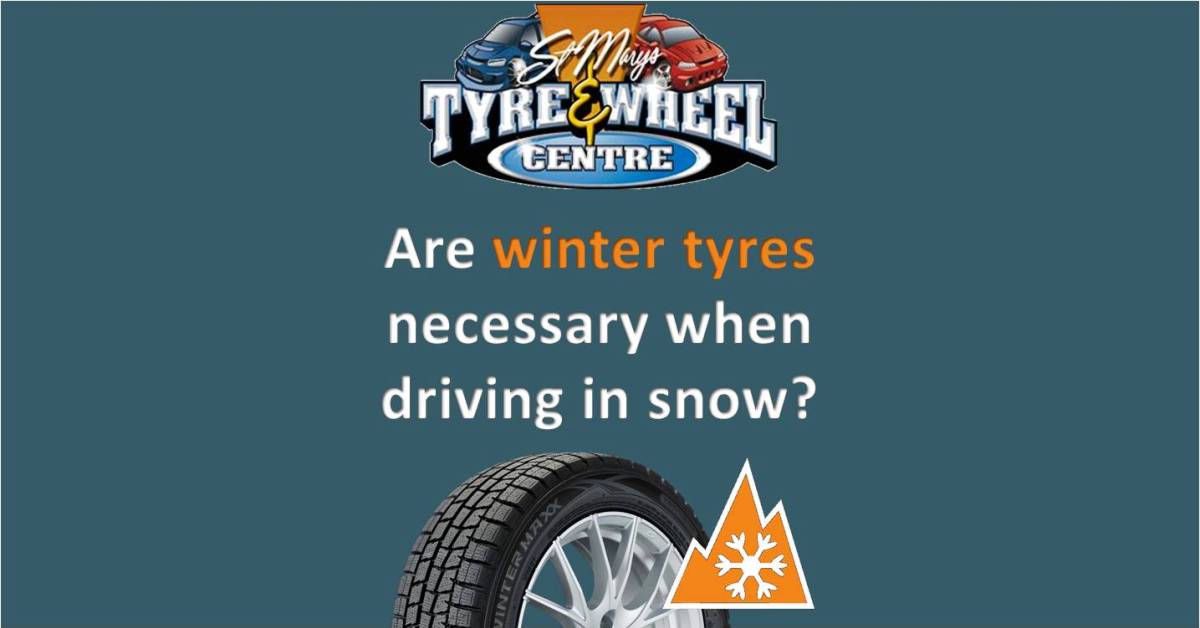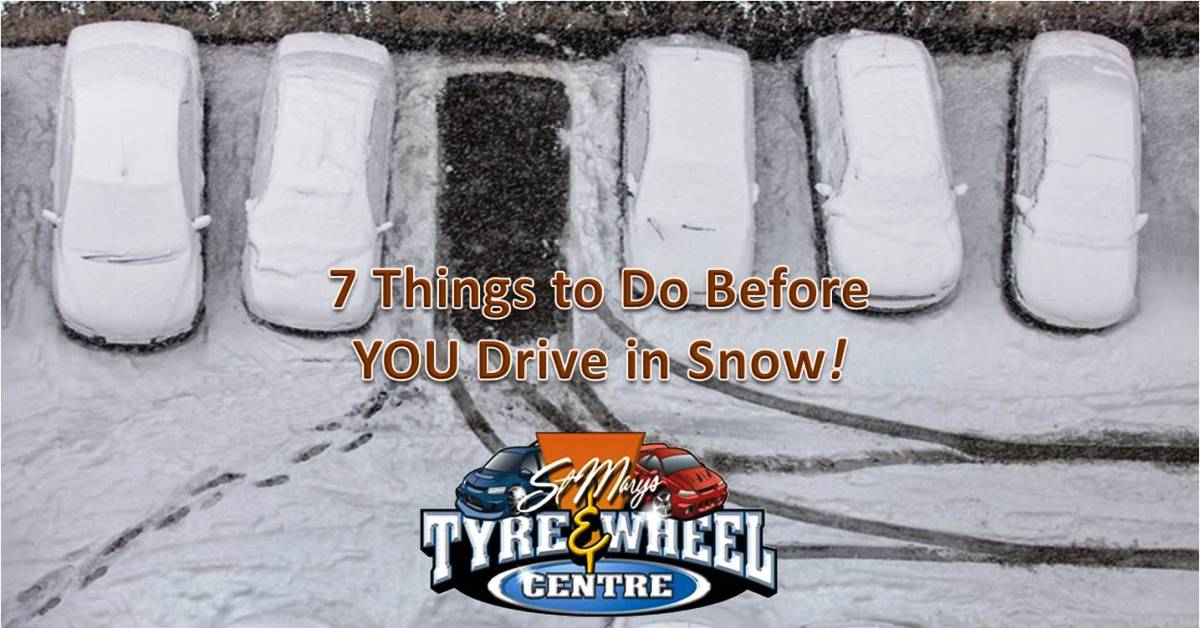Having winter tyres fitted to your car when driving in snow just makes good sense. It makes even better sense if you live in the Northern Hemisphere with their harsh winter climates. What about here in Australia? Well, many Aussies aren’t even aware that winter, or snow tyres, are available in this sun burnt country of ours.
Well, they are, and today you’ll learn whether you should invest in a set when you visit the snowfields. As with everything you do before you visit the snow, the type of rubber you choose is a safety issue.
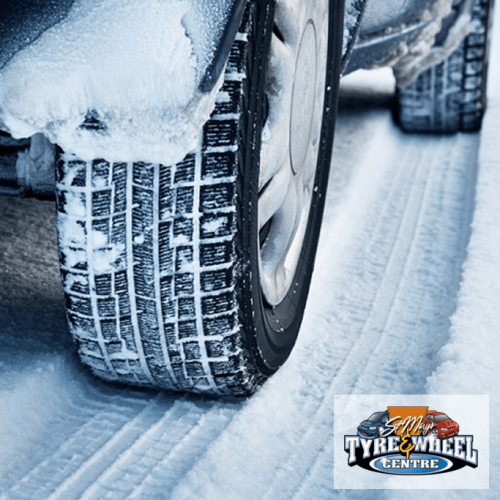
Winter Tyres verses All Season Tyres
There are a number of features that are unique to each type of tyre. The old cliché of horses for courses definitely fits here. Tyre companies have spent many millions of dollars in the research and development of their tyres. After all, it doesn’t matter how hi-tech your car is, without any rubber on the wheels, its handling will be atrocious.
All season tyres should not be confused with all weather tyres regarding their performance (that’s a whole other story). On the other hand, winter tyres are in a league of their own when asked to perform on snow and ice. This is due to the way they are designed and manufactured. They are intended to specifically keep you safe while traversing through the nastiest of winter environments.
Why are Winter Tyres So Effective?
It’s very simple ... they are designed to work effectively in low temperatures. Once the temperature reaches 7°C or below, all season tyres (often referred to as Summer tyres) begin to harden, are less flexible and responsive. In short, that equates to terrible handling and much longer braking distances in cold conditions. On the other hand, winter tyres are made with a high silica content compound. They will stay softer and more pliable at low temperatures, therefore giving much better grip in those wintry conditions.
On all tyres, the tread blocks and their patterns contribute to the way they handle. This is evident in all snow tyres as their tread blocks are loaded with sipes (small cut grooves). These are designed to provide both stability and grip on snow and ice. Some winter tyres have in excess of 1,500 sipes, whereas an all season tyre may only have 200.
When driving on snow, these sipes provide traction by filling with snow, then gripping the snow on the road. The principle is the same as a snow ball increasing in size when you roll it along the ground. In addition, snow tyres usually have a much higher groove to rubber ratio. This allows the tyre to expel the water much faster and also reduces the chances of the car aquaplaning.
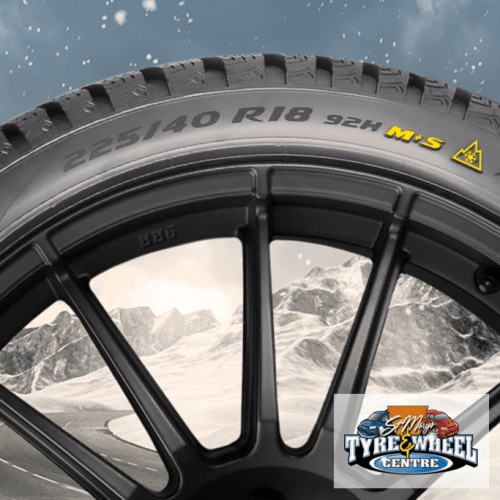
What makes a Winter Tyre?
Before being classified as a winter tyre, rigorous testing must be passed in accordance with UNECE Regulations. To even be classified as a winter tyre, it should perform as well in the slush and snow as a vehicle fitted with snow chains. Obviously, the ride would be much faster, a lot more comfortable and much less noisy.
After passing the stringent quality control and performance tests, a tyre manufacturer can then stamp the approved tyre with the Winter Tyre Logo on its sidewall. This universal logo consists of a mountain with three peaks and a snow flake icon ... better known as the 3PMSF symbol. When compared with M+S marked tyres, 3PMSF tyres offer superior braking and cornering performance on both soft and hard packed snow, as well as wet ice.
Are M+S Tyres Winter Tyres?
M+S (mud and snow) tyres are not always classified as winter tyres. Due to their design, they may provide better handling than all season tyres in slippery slush and melting snow. What does contribute to the success of a winter tyre is the compound that it’s made of. To confirm that the M+S tyres will perform well at low temperatures, look for the 3PMSF symbol on the sidewall.
Watch the Difference
Below are a couple of videos from TyreReview.uk showing the importance of having good grip when driving in the snow.
There’s a huge performance difference between different types of tyres in cold and snowy conditions. What you need to determine is whether it’s financially viable to fit winter tyres to your vehicle if you are taking your family to the snow for a break.
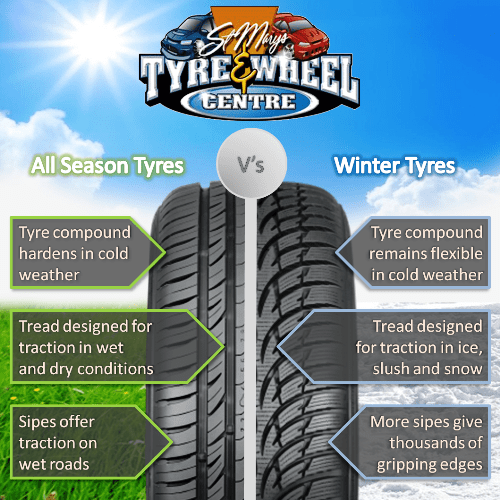
In Australia, it’s mandatory to carry snow chains in all alpine snow resort areas. The good news is that some areas are now relaxing the snow chain rule. However, your vehicle must be fitted with winter or all weather tyres bearing the 3PMSF logo. Naturally, it’s best to check with the resort you’re headed to on what their requirements are.
Safe motoring ... see you in-store soon!
Tarkan
Still Trading During Covid-19 Lockdown
On Monday, 23rd August 2021, updated Health Orders were introduced with new restrictions that effect St Marys Tyre and Wheel Centre. Being classified as an essential service, we are still trading, however, everyone must adhere to the following conditions. We Must Have a current Covid-19 Safety Plan that’s been registered. Provide a Service NSW QR...Continue reading→
2020 Local Business Awards
The 2020 Mt Druitt - St Marys Local Business Awards have now officially entered the business end of the season (sorry for the football analogy but the Panthers have won 11 in a row). The finalists have been selected and the judging will continue to find this year’s winner in the Automotive Services category.Continue reading→
7 Things YOU Need to Do Before Driving in Snow!
Driving in snow can be an enjoyable experience or a total nightmare. Before you pack your bags and load up the family, check the list below. To stay safe, there are a few things you need to do before heading south to the ski fields. If you plan to visit the snowfields multiple times during...Continue reading→

